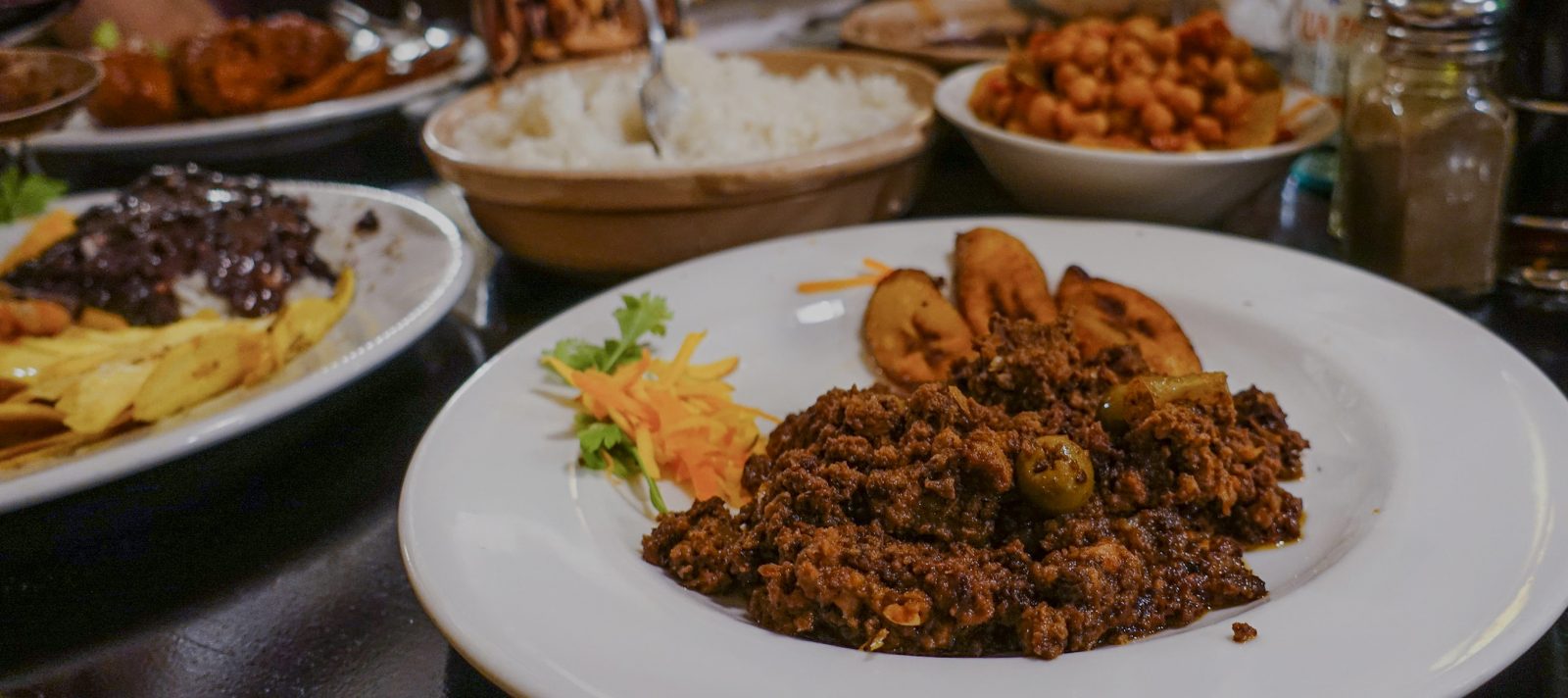

Eat in Cuba
A List of Traditional Food Worth Seeking Out in Cuba
Words by Sofia Levin
Images by Sofia Levin & Greg Levin
Last updated 18.02.2022
It’s an ignorant myth that you can’t find good food in Cuba. You just have to know where, and how, to eat. Here is a list of traditional dishes worth trying.
Cuba doesn’t have the best reputation among bon vivants. “You’re going to hate the food there,” is something I heard repeatedly before visiting. While it’s certainly hit and miss, it’s simply not true. What people overlook is how important is to understand the country’s history, which provides insight into why Cuba isn’t pegged as a culinary destination.
Here’s the brief version: Christopher Columbus “discovered” Cuba in 1492. Diego Velázquez de Cuéllar formed the first Spanish settlement in 1514, following resistance from the Taíno people, Cuba’s original inhabitants. The Spanish established the sugar and tobacco trade, powered by African slaves until 1867. Today both African and Spanish influences are clear in the cuisine, characterised by inexpensive ingredients and cuts of meat.
To eat in Cuba, you need both CUC and CUP. Cuban convertible pesos (CUC) are pegged to the American Dollar and used by foreigners. Cuban pesos (CUP) are used by locals and essential for street eating, with around 25 CUP = 1 CUC, so always double-check your change. A good rule of thumb is that CUC notes have pictures of buildings and statues, while CUC notes have pictures of faces. You can change your CUC to CUP at local banks. Note that you’re better off changing Euro or Sterling to CUC, as changing American Dollars incurs an extra 10 to 15 per cent penalty above the exchange rate.
There are international restaurants in Havana if you’re craving sushi and Italian, but when in Cuba, I say eat Cuban. To learn more about what’s available, read the list of popular dishes in Cuba below. If you want to know where to eat, this 48-hour, food-focused itinerary of Havana should do the trick.
1. Ropa Vieja
Translating to “old clothes”, Cuba’s national dish consists of shredded beef brisket, flank or skirt stewed in tomato, onion, pepper and garlic, usually served with white rice, black beans and fried plantains.

2. Lechon Asado
Cuba’s answer to roast pork, courtesy of Spanish colonisers. Sometimes the whole pig is cooked on a spit until the skin becomes crackling. Usually served with mojo, a citrus sauce made with garlic and either lard or olive oil.
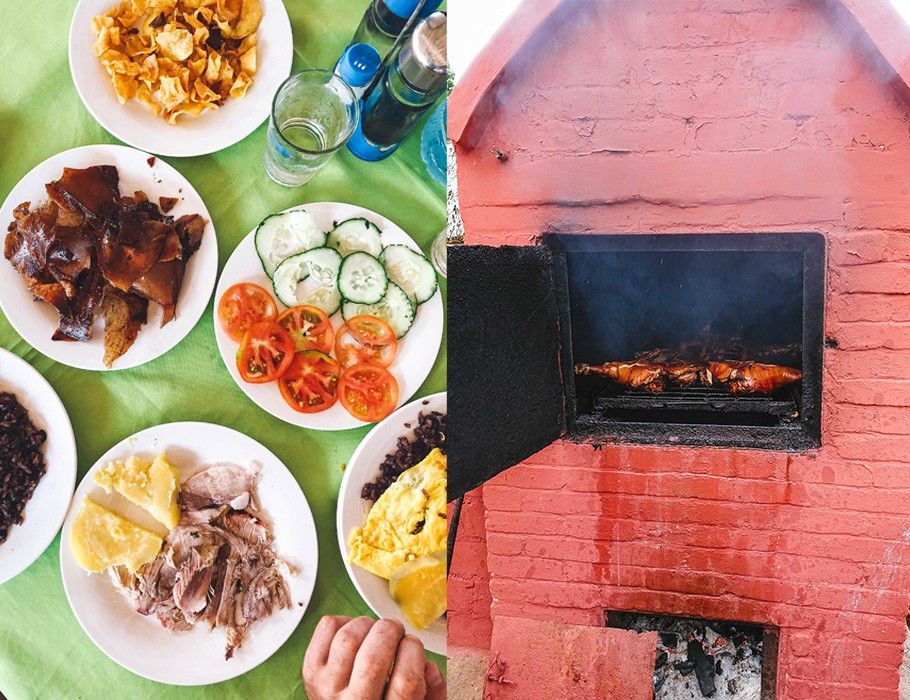
3. Vaca Frita
Directly translating to “fried cow”, vaca frita is marinated in lime, spices, garlic and salt; shredded and then seared until nearly crisp. It’s served with cooked onions and capsicum.
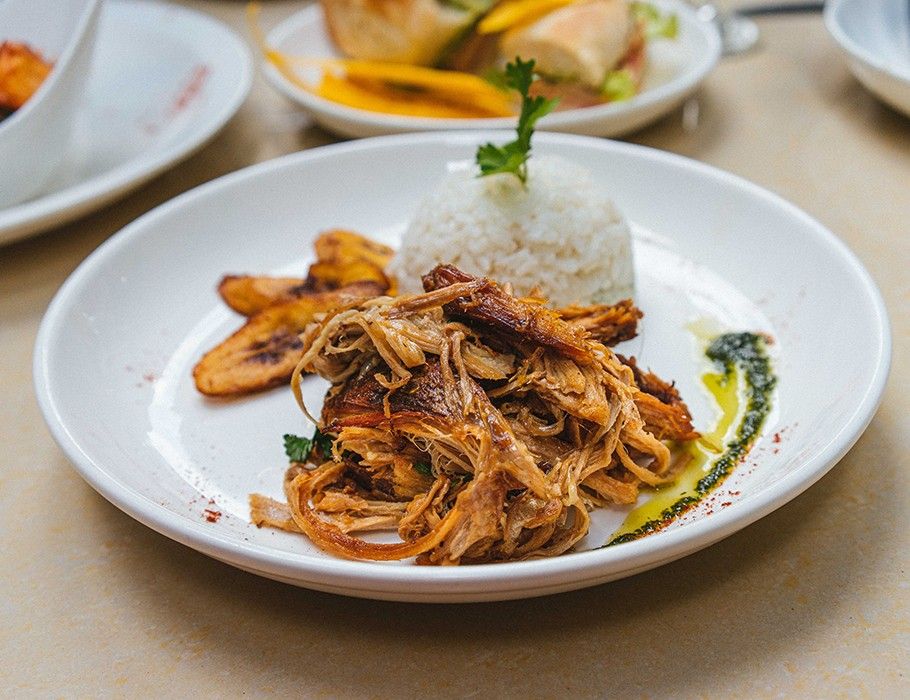
4. Pan Mixto
Better known outside Cuba as the Cuban sandwich, this is a sandwich with the lot. In restaurants it contains roast pork, thick ham, swiss cheese, mustard and pickles. The street version has a single choice of meat with cheese and watery mustard on stale bread. Don’t expect pickles.
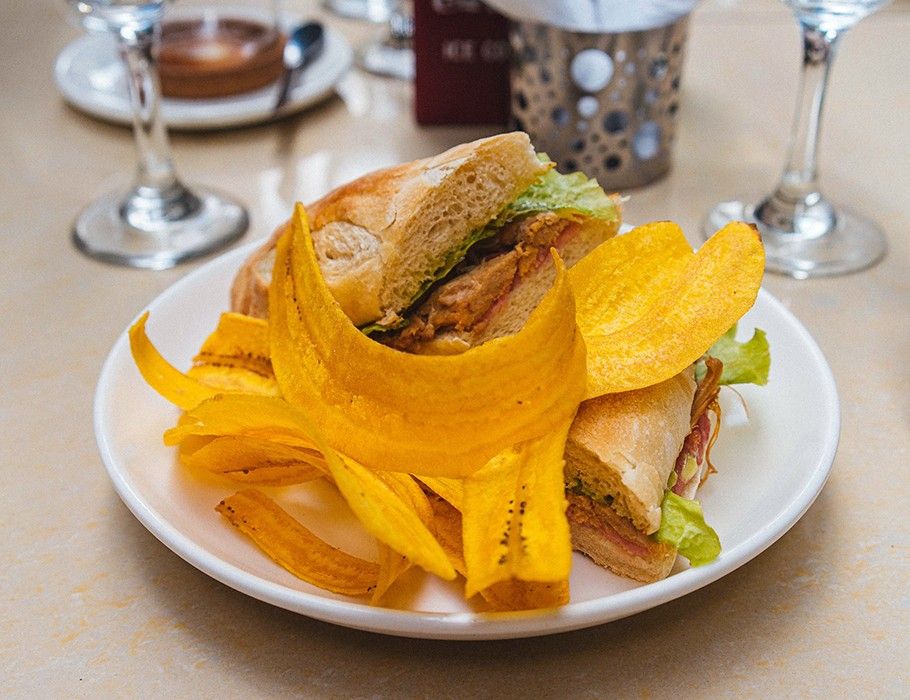
5. Moros y Cristianos
Translating to Moors and Christians, this ubiquitous dish contains black beans mixed with white rice and will be just about the only thing you can eat in Cuba if you’re vegetarian, other than cassava.
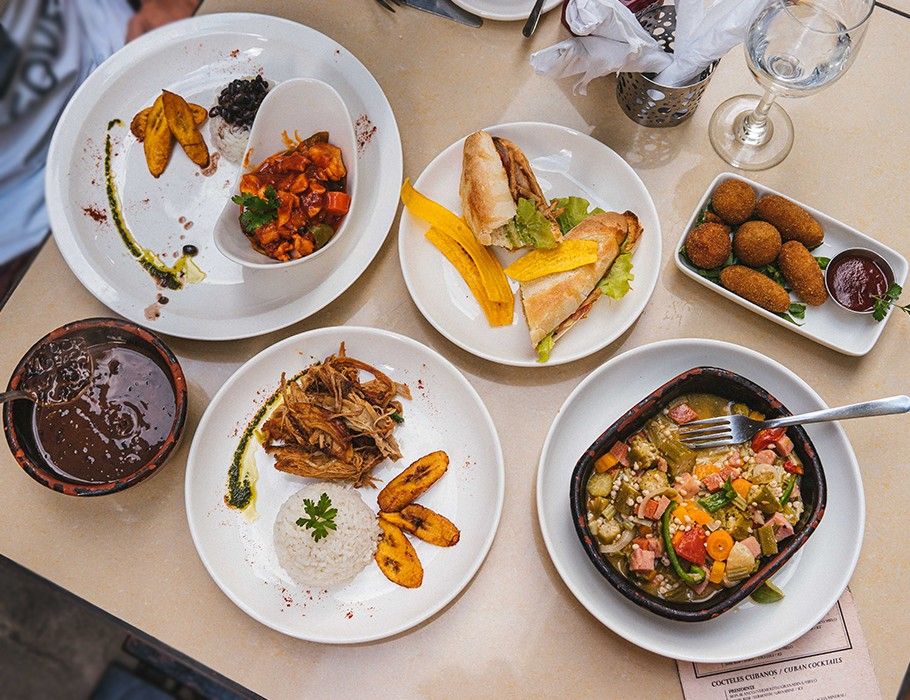
6. Yucca Fingers
Cuba’s answer to thick-cut potato chips, made from cassava.
7. Tostones
Plantains that are thickly cut, fried, pressed flat and then refried. Maduros are the same, but fried only once. You can find similar across the Caribbean, with different names depending on which country you’re in.
8. Tostones Rellenos
Fried plantains formed into cups and stuffed with anything from tuna and shrimp to ham, lamb and beef. Served as an entree.
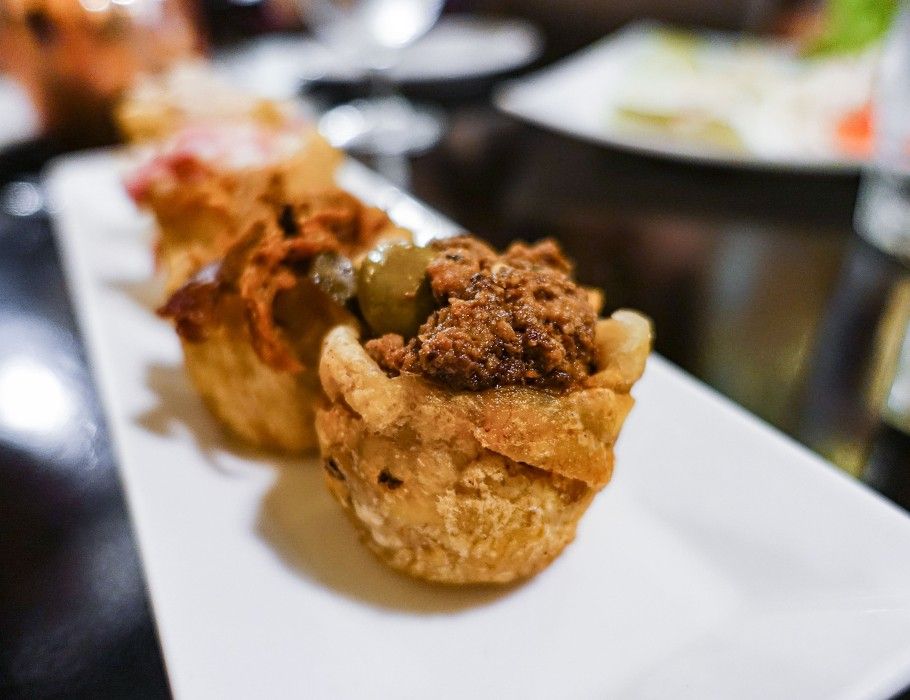
9. Croquetas
A starchy, fried ball often spiked with cheese and stuffed with ham, chicken, seafood – and sometimes all three.
10. Quimbombo
A stew made from okra, courtesy of the African slave trade in Cuba. It can be served with chicken, ham, beef and chunks of plantain or malanga (taro). The gooey texture isn’t for everyone, but I adore it.
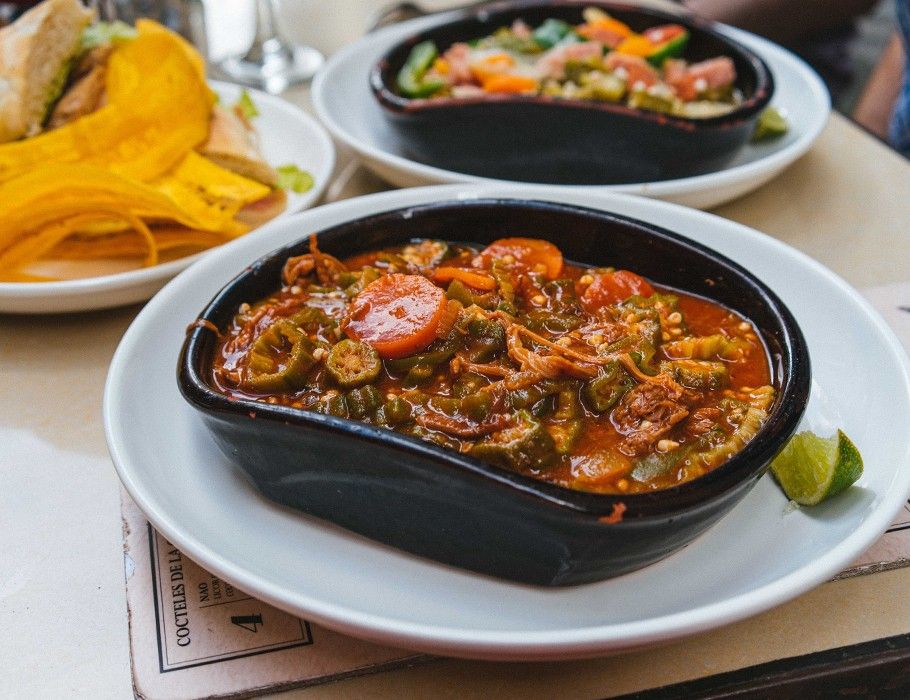
11. Tamales
Like the Mexican staple, Cuban tamales are made from heavy masa (corn dough) and steamed in banana leaves or corn husks. They often have a small amount of meat mixed with the dough, as opposed to being piled in the middle. Served with sweet tomato sauce.
12. Paella
Another one from the Spanish, paella in Cuba can be peppered with meat or seafood and generally comes as a huge portion.
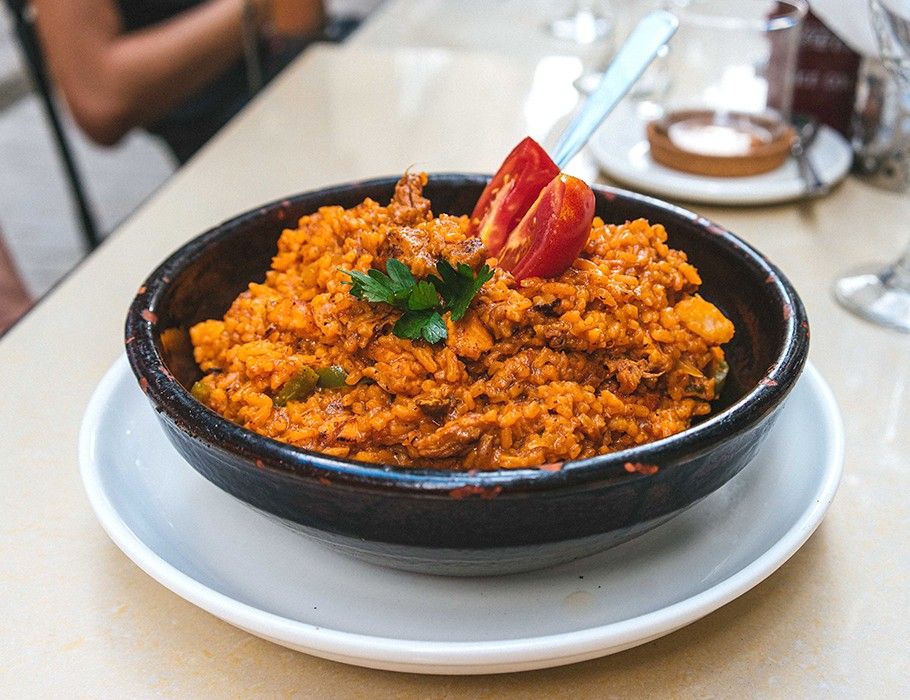
13. Los Mariscos (Langosta, Pulpo, Pescado Gambas & Camarones)
Seafood! Lobster, octopus, fish, prawns and shrimp, respectively. Los mariscos is abundant for tourists, but almost always overcooked. Comes plain or in sauce, usually a choice of tomato or garlic.

14. Pizza
It’s odd seeing signs for pizza all over Cuba, but locals regularly eat them from hole-in-the-wall spots for around 20 CUP (less than 1 CUC). Don’t expect the thin-crust Italian variety; these doughy numbers are more like something that’s been microwaved. They’re as cheap as they are fast.
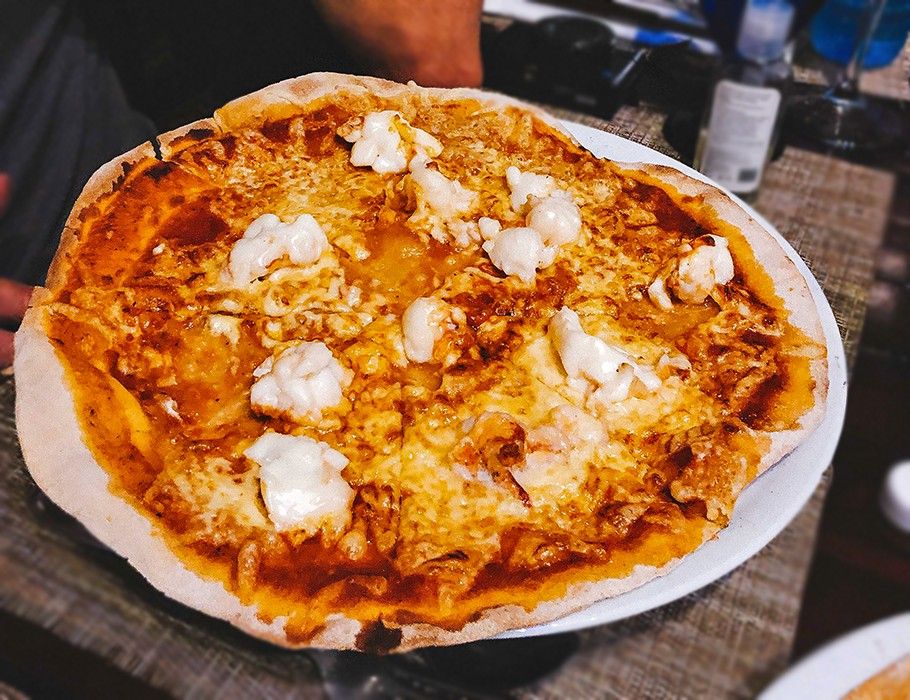
15. Churros
Deep-fried squiggles of dough with crisp exteriors and soft middles, liberally coated in sugar. Look for street carts frying them on the spot and selling them in paper cones.

16. Pastelitos
Often sweet, these puff-pastry pies are sold on the street and are usually filled with coconut or guava jam.
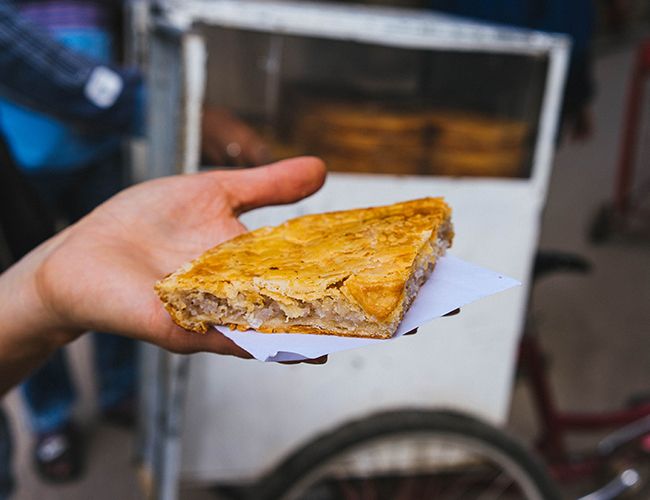
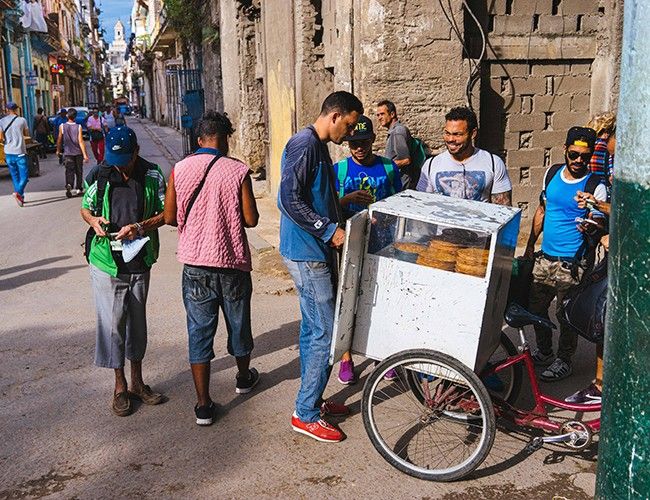
17. Flan
Cuba’s national dessert is similar to flans elsewhere; think a firm creme caramel. The sweet, eggy dessert comes in a pool of caramel and is always a winner at the end of any meal in Cuba.
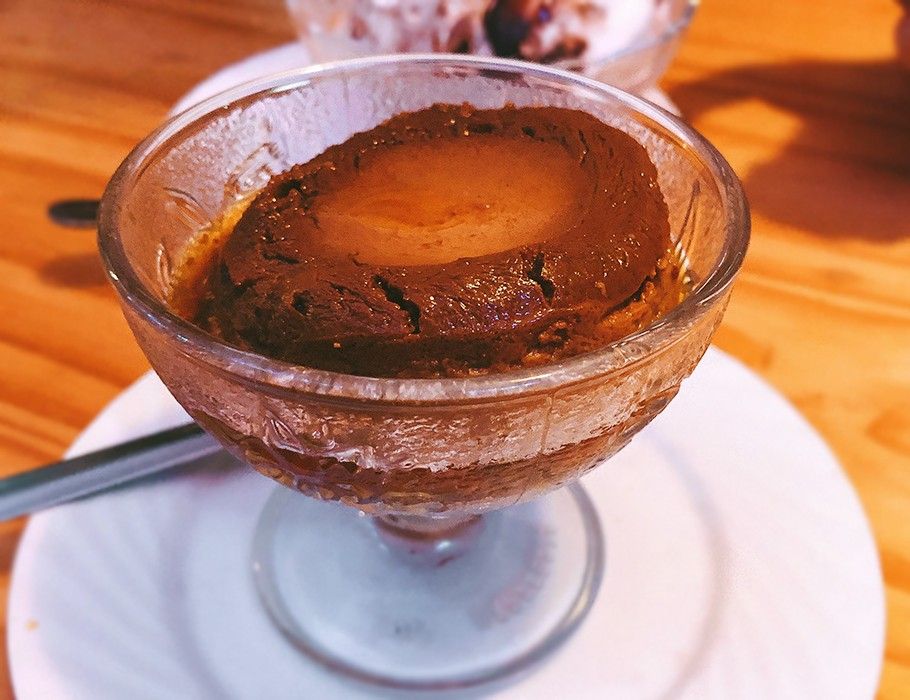
18. Copa Lolita
A flan served with ice cream. Note: Cuba adores ice cream. When the United States embargo cut Cuba off from dairy, ice cream-obsessed Fidel solution was to open the world's greatest ice cream parlour.

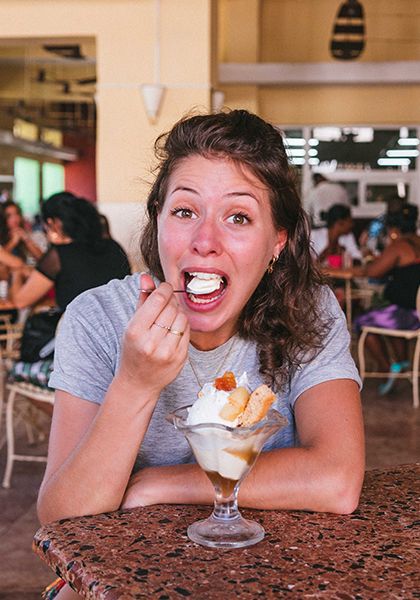
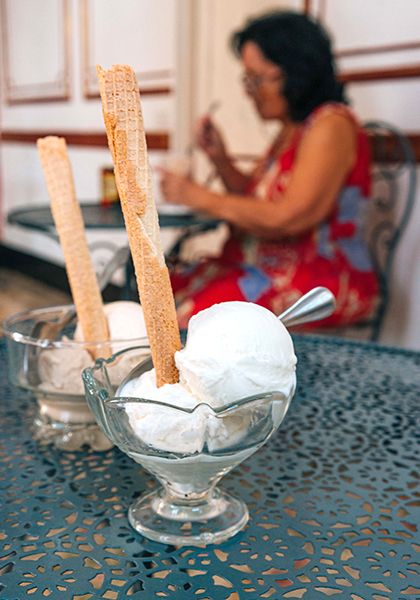
19. Mamey
Shortened from mamey sapote, this tropical fruit is native to Cuba. It’s the colour of a vibrant papaya with a large pit and about the size and shape of an oversized avocado. Mamey looks a little like a mini cantaloupe and tastes somewhere between that and soursop. Some think it tastes like sweet potato and honey. Mamey fruits take up to a year to grow and spoil quickly. In Havana, look for them in markets or try it in ice cream from Dona Eutimia or Helad'oro.
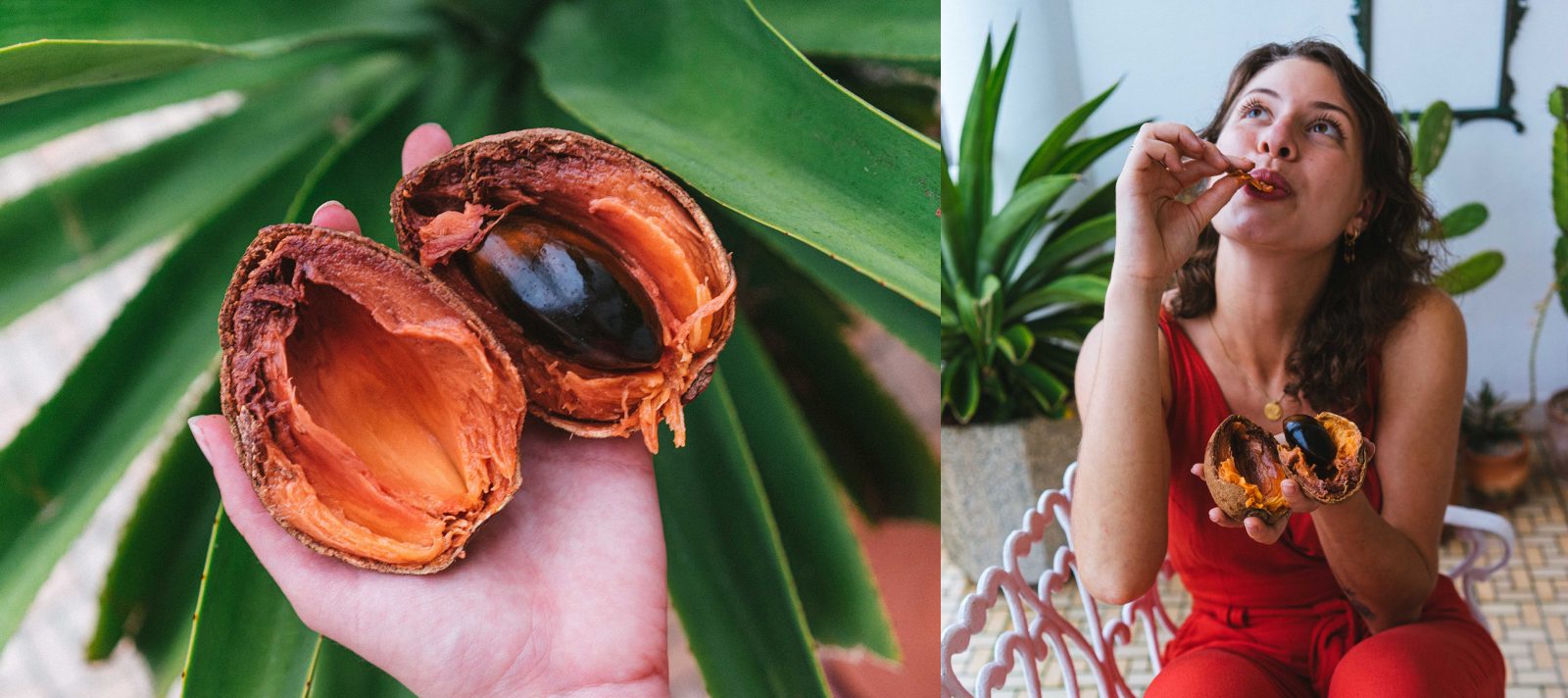
Join the Eat Curiously Movement
Subscribe to the food newsletter that goes deeper.
